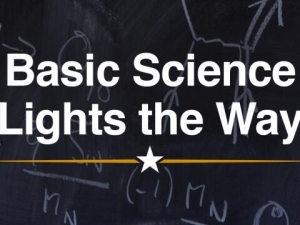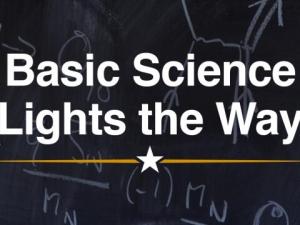

Research Bio
James Analytis is an assistant professor in the Department of Physics. His research group focuses on the discovery and understanding of exotic materials manifesting novel quantum phenomena that have both fundamental and technological implications, particularly superconductors, exotic magnets and topological insulators. Many of the physical problems they are interested in transcend a single material. Each compound can lend a new insight into a given question. Where possible, their strategy is to use materials as a tool to get to scientifically important problems by designing and tuning their properties.
Our understanding of condensed matter physics is driven by the discovery of new materials. Before the discovery of high-temperature superconductivity in the cuprates, few would have suspected that oxides would harbor such a variety of quantum properties, and before the availability of high-mobility GaAs, none predicted the spectacular properties of the fractional quantum Hall states. His lab’s focus is to create materials with properties that are at the boundary of our understanding of condensed matter physics.
Research Expertise and Interest
experimental condensed matter physics




